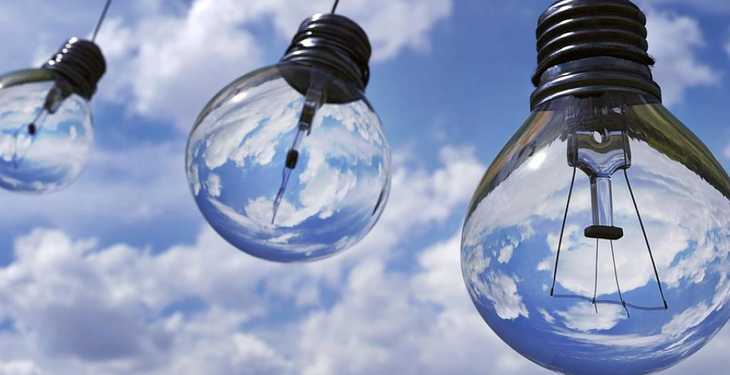Top management of the National Regulatory Authority for Energy have made available to the press an analysis regarding the evolution of the electricity market this year, a document that it claims to have transmitted since last Friday to all the institutions with responsibilities in the sector, including the Ministry of Energy, the Government of Romania, the specialized commissions of the Parliament and the Competition Council. ANRE’s initiative comes shortly after the comments and accusations that occurred at the Executive meeting on Wednesday, when Prime Minister Mihai Tudose announced that he would ask the Parliament to investigate the Authority regarding the situation in the energy system and the increased prices for electricity on the Day Ahead Market (DAM).
ANRE’s position
The price level on the DAM is explained by “objective conditions due to low hydraulicity and extreme temperatures”. In the Authority’s opinion, “the DAM closure price reflects the market context in a reactive way,” and the DAM “responds promptly to both the existing domestic and regional conditions as well as the forecasts of the region.” The Authority reminds that “the behavior of the participants is constantly monitored by the involved institutions (ANRE, OPCOM, ACER): “From the monitoring activity, until now, no evidence was forthcoming that could indicate possible inadequate behaviors of the DAM participants. ”
The 10 page analysis given by ANRE identifies numerous circumstantial, systemic and commercial elements that can explain the strong advance of electricity prices on the Day Ahead Market. Investigations and more detailed studies are expected from OPCOM and Transelectrica next week (August 18th), as well as from the Competition Council.
Conjunctural elements
- Extreme temperatures recorded lately throughout the Balkan region, values that reach absolute records
- Low values of the tributary flow of the Danube, which has recorded in the last few weeks values close to the minimums of the last 10 years
- Energy reserves placed at 63% on average in the storage lakes used to balance the system
- Energy consumption higher than in 2016
- The export of energy has increased compared to 2016
- The Brazi plant registered a severe unavailability from April 28th to July 5th, 2017
- The operation of the lignite power stations at full capacity, starting with January 2017, which has led to a decrease of the fuel reserves of the plants
- The suspension of auctions on PCSU
Systemic elements
- The structure of production of the Romanian energy system, in which the share of the installed power in hydro sources is crucially important
- The intermittent operation of the dispatchable units from wind sources
- The electricity deficit needed to balance both on the local market and on the markets with which Romania is interconnected
Commercial items
- The policy of the suppliers of last resort, to trade significant amounts on the DAM (over 20% of the total purchase corresponding to the delivery to final consumers)
- The lack of skills of the participants in drafting more elaborate commercial strategies
- Transelectrica signaled it received of a series of imbalance notifications by some important economic operators and PREs
ANRE mentions that the main producers active on the DAM (SNN, Hidroelectrica, Elcen and CE Oltenia) “showed moderation in establishing the requested prices for sale, with some differences arising from the nature of the primary energy source.” At the same time, the Authority specified that it have requested “detailed information upon the bidding strategy on the DAM of the five LRSs, Hidroelectrica and other competing suppliers.”
